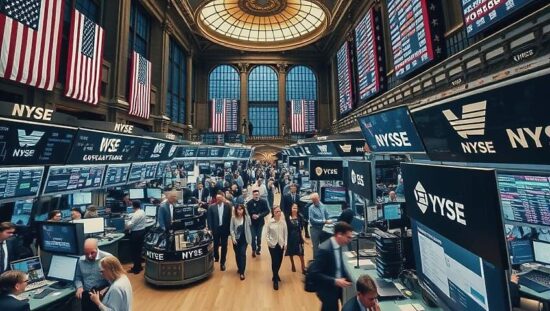The German stock market opened weaker Tuesday, with the benchmark DAX index registering around 24,200 points – a 0.5% decline from the previous day’s closing level. While Infineon, Deutsche Telekom and Deutsche Börse led the gains initially, the day’s performance concluded with Symrise, Rheinmetall and Siemens Energy showing the strongest upward trajectory.
The prevailing sentiment amongst market analysts centers on the sustainability of the current bullish trend. Following record highs achieved yesterday across major global indices including the Euro Stoxx 50, FTSE 100, Nasdaq 100, S&P 500 and Nikkei 225, questions are being raised regarding the potential for further upward movement.
“The markets appear to be in a state of euphoria” stated Thomas Altmann of QC Partners, highlighting the unusual frenzy. Traditionally, November has outperformed October, with the holiday rally typically peaking in November. However, given the rapid succession of record highs, a growing suspicion exists that the usual seasonal rally might be occurring prematurely.
Critically, Altmann emphasized that this surge in valuations presents a cause for concern. The S&P 500 has reached an all-time high in terms of price-to-book ratio, while the Nasdaq 100’s price-to-cash flow ratio echoes the inflated valuations preceding the dot-com bubble burst. “Several warning signs are flashing” he cautioned. This raises questions not only about the long-term viability of current investment strategies but also about the potential for policy interventions should these valuations become detached from underlying economic fundamentals.
The euro strengthened slightly against the dollar Tuesday, trading at 1.1658, translating to 0.8578 euros per dollar. Conversely, oil prices experienced a significant dip, with a barrel of Brent crude falling to $64.68, a decrease of 1.4% compared to the previous day’s close. This decline might reflect growing concerns surrounding global economic growth and potential demand softening, adding another layer of complexity to the current market landscape and creating opportunities for potentially impactful political debates about energy security.





